Travel
These National Parks Hit Taxpayers With the Most Expensive Entrance Fees
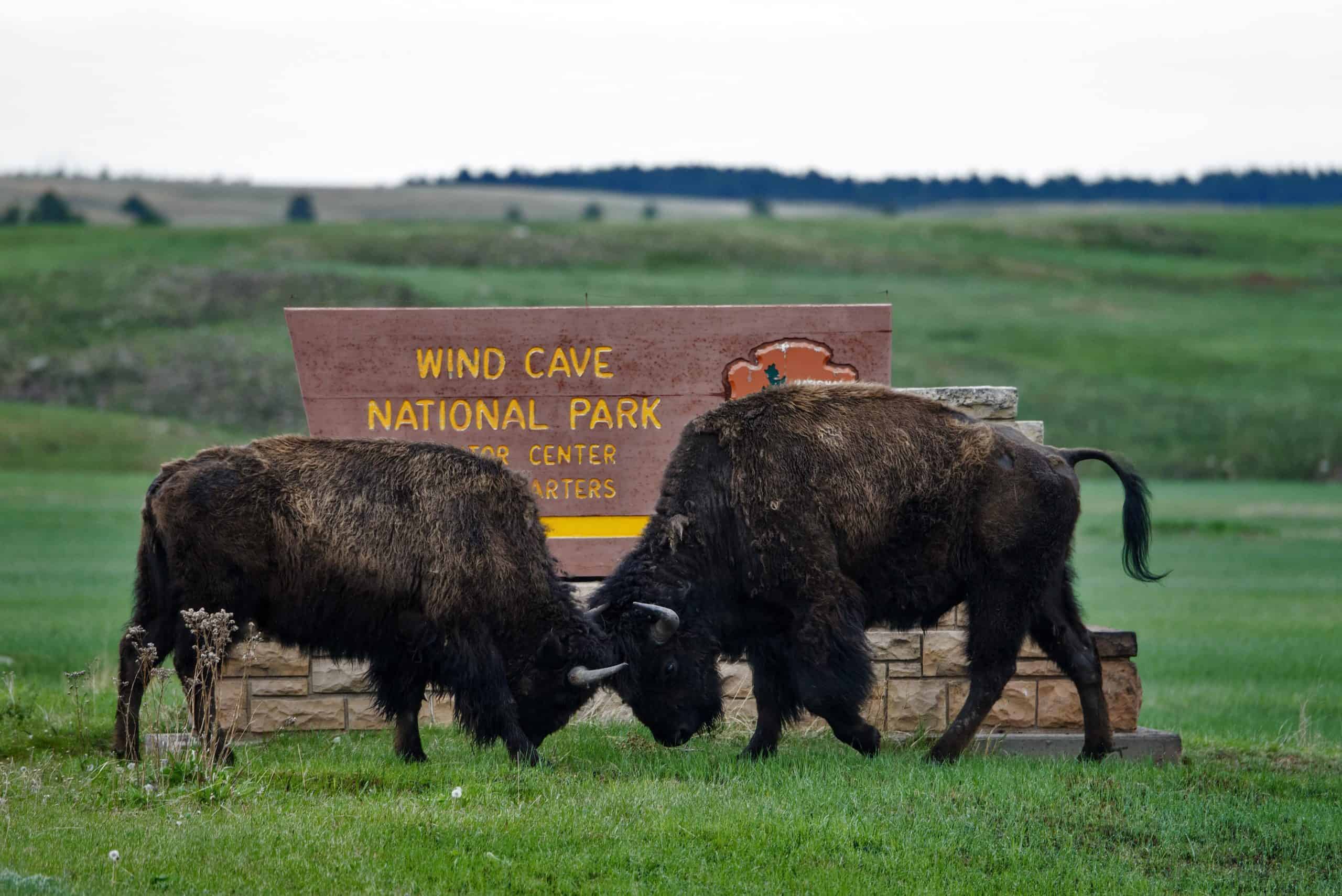
Published:

The United States National Park Systems covers 85 million acres with 431 areas. The parks cover acreage across every state in the country, along with the District of Columbia and several United States territories. Only 63 of these locations have the words “National Park” in their names, but they also include things like recreation areas, scenic trails and rivers, seashores, battlefields, monuments, military parks and even the White House.
These areas are managed by the National Park Service, and most require a fee to enter. Some are more expensive than others, and in some places, you can buy a pass that includes all parks in one state or one area. Before you plan your trip to any national park, make sure you’re aware of how expensive the entry fee is.
Only 108 national parks in the system charge entrance fees. According to the National Park Service and the Federal Lands Recreation Enhancement Act, the NPS can collect and retain 80% of their fees to maintain their own park, and the other 20% goes to help maintain parks that don’t charge an entry fee. The NPS uses entrance fees for visitor services, habitat restoration, visitor safety, facility enhancement, park maintenance and park repair.
There is an America the Beautiful pass that covers day-use and entrance fees to any lands managed by the following:
These passes can be bought through the mail or in person at more than 1,000 federal recreation sites. They can’t be replaced if stolen or lost and aren’t transferable. The pass costs around $80. There are discounts for senior citizens, and many military members and their families get free entrance into these parks.
National parks also offer free entrance days on federal holidays. These include:
Now that you understand a bit more about why entrance fees are charged, how they work and when they are excluded, we’ve got a few details to identify the most expensive national parks you can visit, and why they may or may not be worth the cost. We looked at costs per day per private vehicle when ranking the parks but included additional passes you can purchase. They’re listed below in alphabetical order.
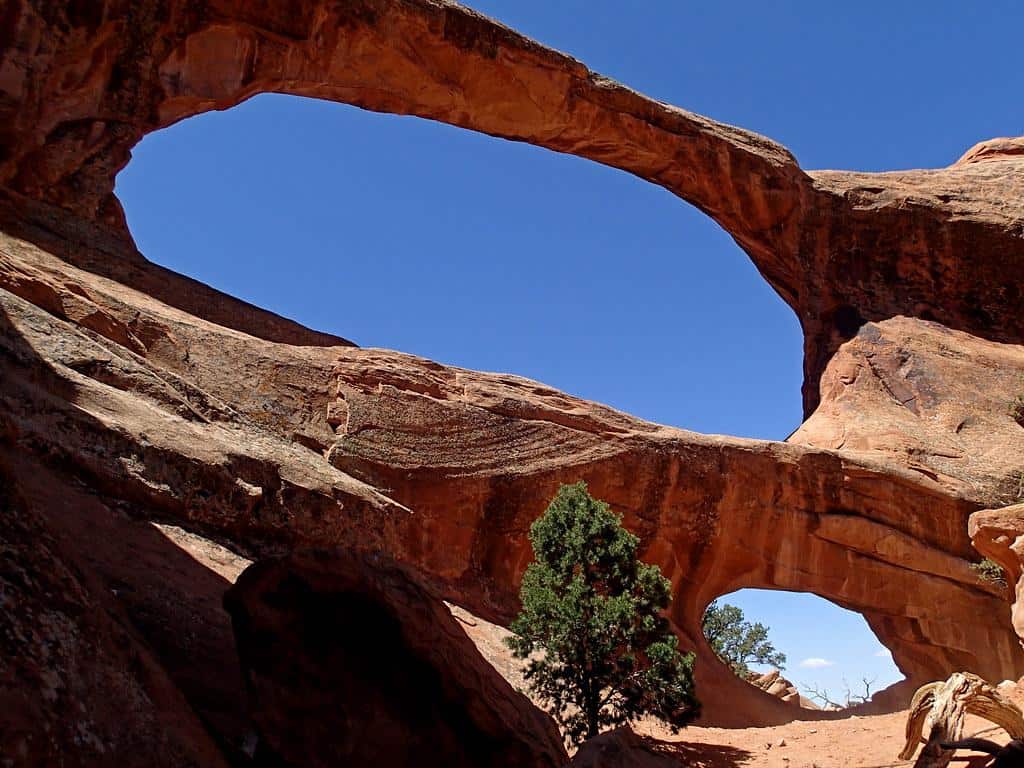
National parks bring in billions of dollars to contribute to the American economy each year. Not only that, but they bring tourist dollars into the area through food, lodging and other recreational activities. The government invests significant amounts of money into preserving the parks and expanding them each year, so they indirectly affect the taxes and spending of many Americans. At 24/7 Wall Street, we want to keep you informed about all things that affect your wallet.
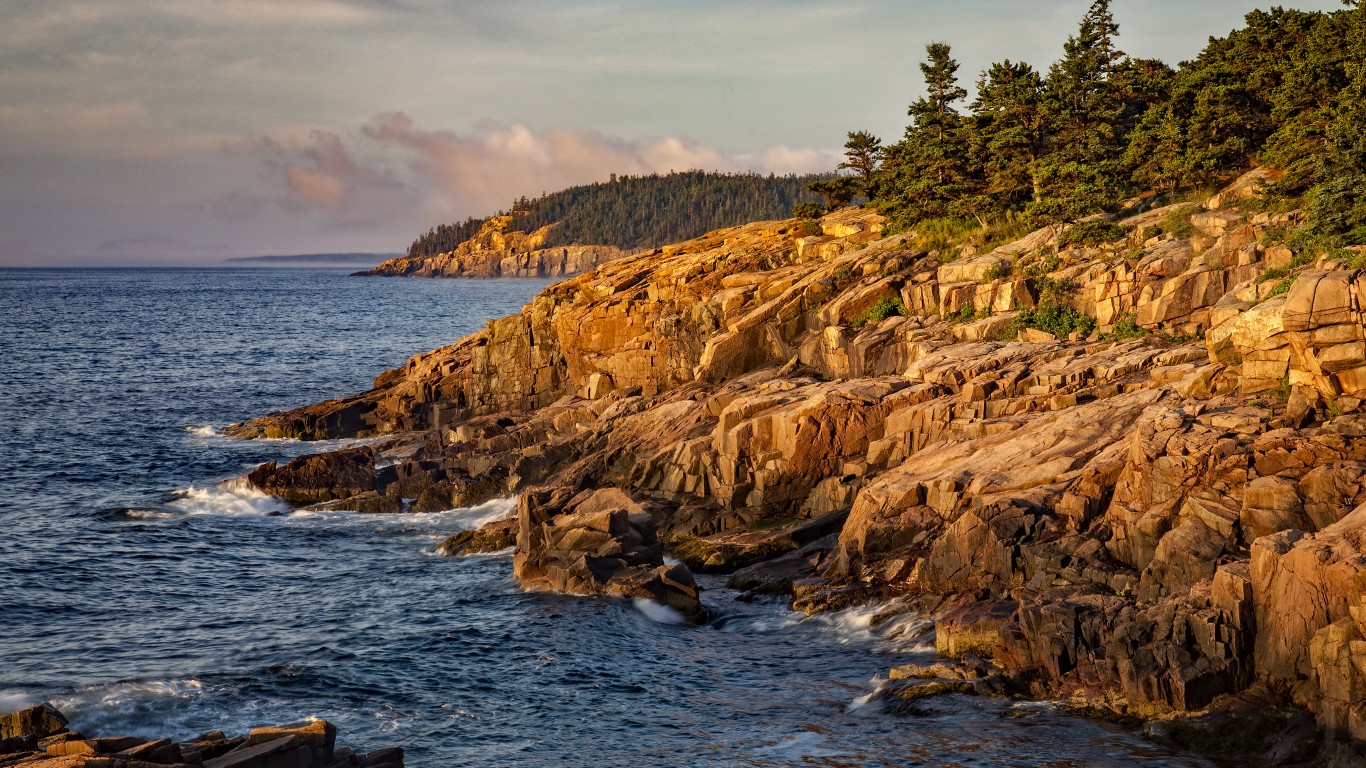
Acadia National Park requires an entry pass year-round. The park is included in the America the Beautiful Pass. It’s known as the Crown Jewel of the North Atlantic Coast and hosts more than four million people a year. It’s one of the top 10 most popular parks in the United States, and you can take advantage of 158 miles of hiking trails, 27 historic motor roads and 45 miles of carriage roads. The park is still home to the resilient Wabanaki, People of the Dawnland.
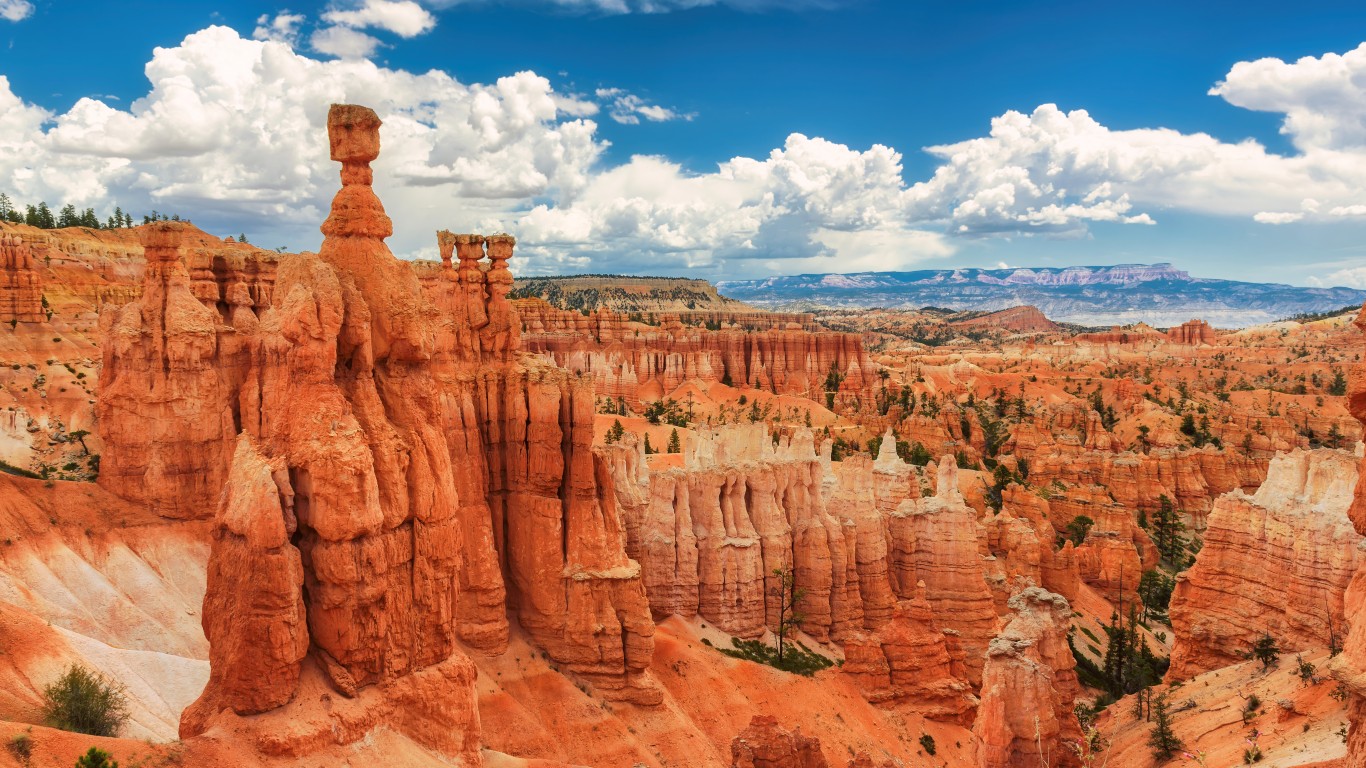
Located in southern Utah, Bryce Canyon is known for its expansive hiking trails, which some say are the best in the country. The park has many canyon views and scenic vistas and is home to several horse-shaped amphitheaters. Visitors to Bryce Canyon enjoy stargazing, horseback riding, hiking and even cross-country skiing in the winter. The red rocks are part of Utah’s claim to fame, and the park also contains the largest concentration of hoodoos, rock formations in a crimson color. Take the main road into the park for the first three miles, and you’ll see your share of these irregular rock spires.
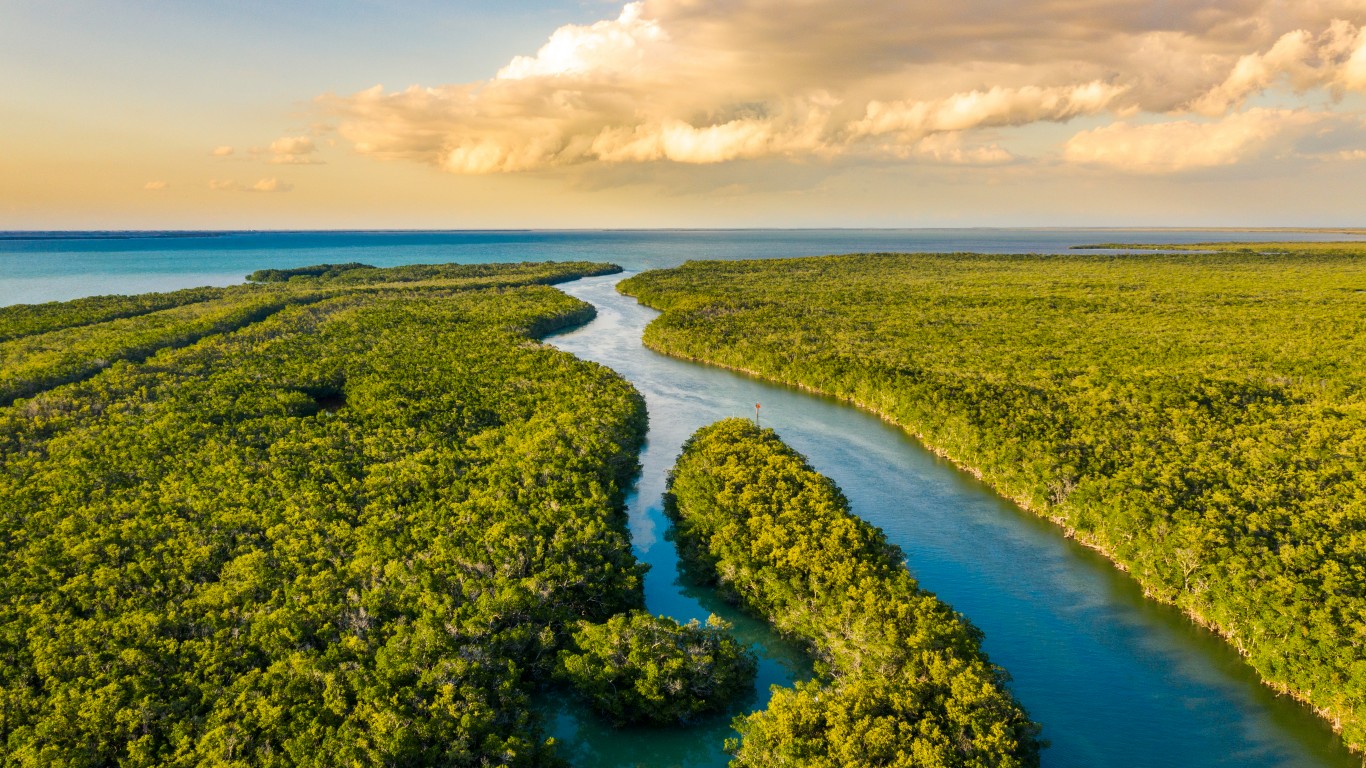
Located in Florida, Everglades National Park is ideal for those interested in diverse wildlife, unique ecosystems and biodiversity. It’s the largest designated wilderness in the eastern part of the United States, and home to 10 threatened and 13 endangered species. Through the Biscayne aquifer, the Everglades provides the predominant area for water recharge for all of southern Florida. Everglades National Park is also the only subtropical preserve in North America.
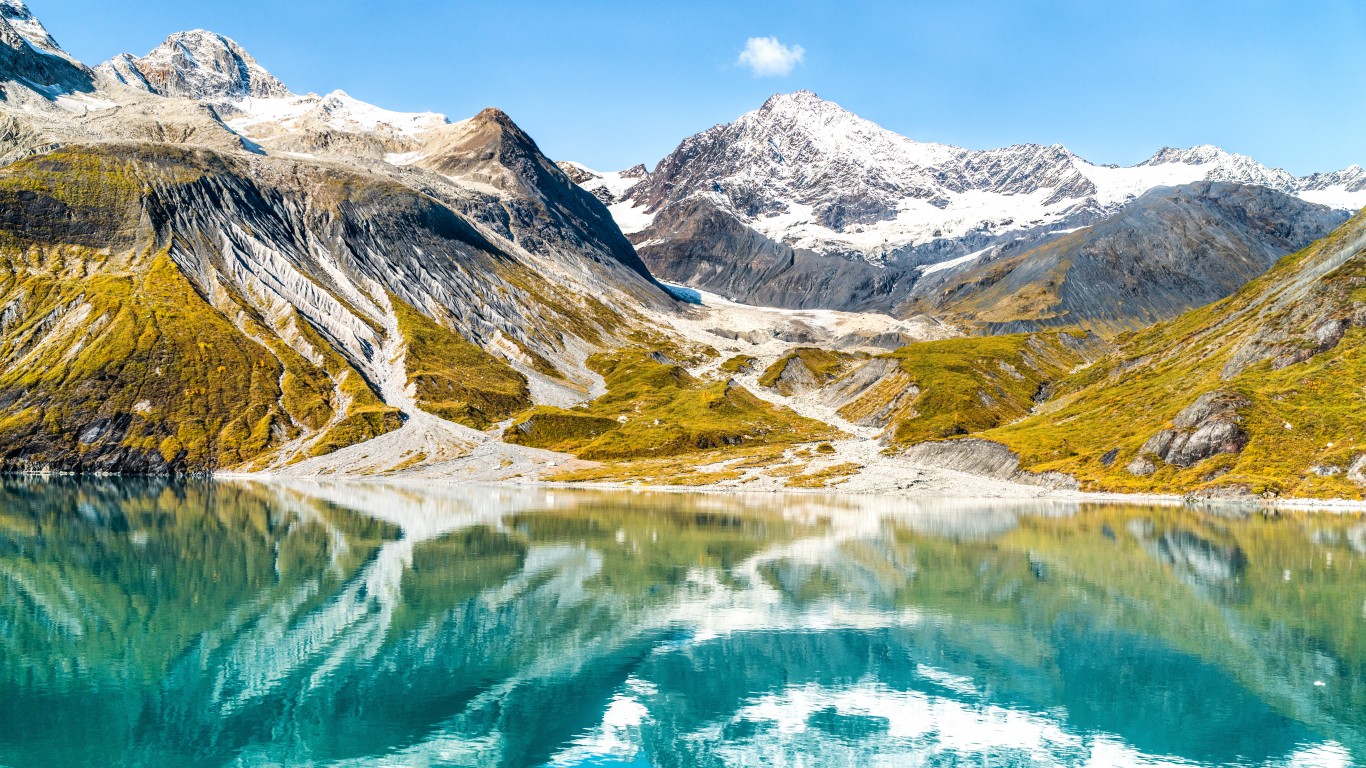
Also called the Crown of the Continent, Glacier National Park is home to the famous Going-to-the-Sun Road. The park has more than 700 miles of trails as well as beautiful views of carved valleys, spectacular lakes and alpine meadows. The mountain goat is the park’s official symbol, and the park straddles the Continental Divide. There are more than 762 lakes in the park and more than 175 mountains. By itself, the park is similar to the sie of Rhode Island, and visitors can view glaciers from the Ice Age.
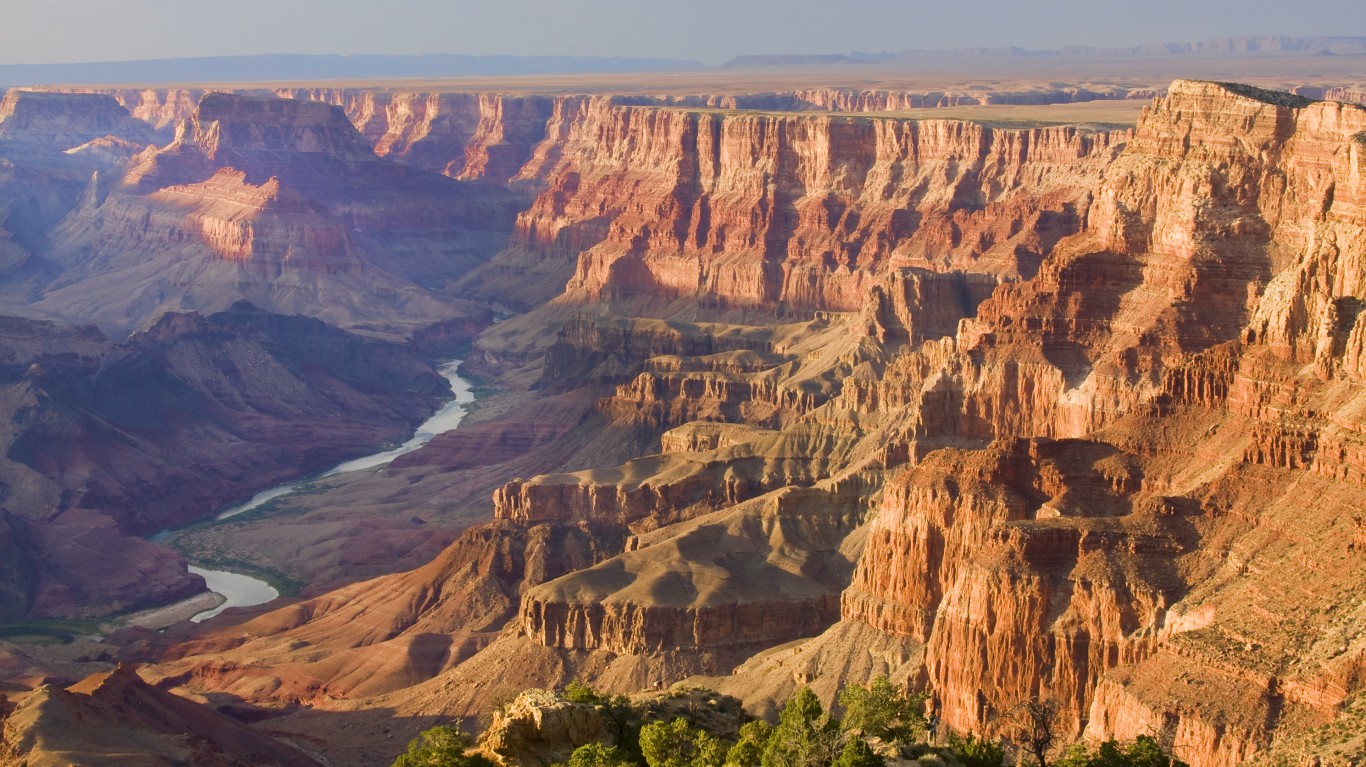
Grand Canyon National Park is considered a gateway to the afterlife by the Hopi Tribe. Most of the park is located in Arizona, while the Colorado River flows through it. The park is full of hidden caves and deep crevices and the temperatures vary greatly, depending on the season. Within the park, you’ll see canyons that vary in size from huge trenches to narrow sleeps. The Grand Canyon itself is over eight thousand feet at the North Rim and just under 7,500 feet at the South Rim.
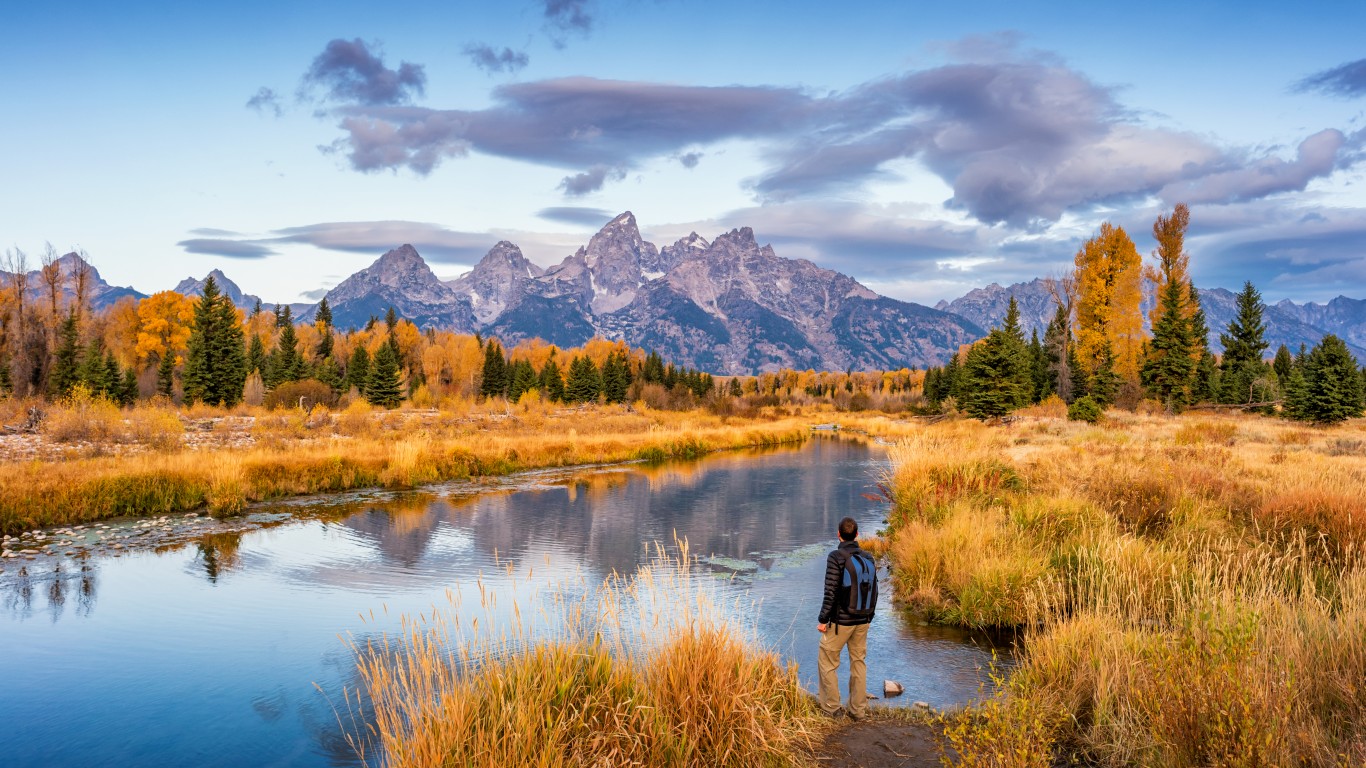
Grand Teton National Park is well-known for its wildlife, but many of the animals migrate throughout the year. As part of the Greater Yellowstone Ecosystem that covers more than 22 million acres, the most temperate worldwide ecosystem covers sections of Idaho, Montana and Wyoming. During the summer, wildlife like mule deer, pronghorn and elk are the common migrators, while many bird species also make a trip to the area during the warm season. Many of the pathways used by animals to migrate actually began as paths used by indigenous peoples to make routes across the land. In this way, national parks preserve a large part of the country’s history.
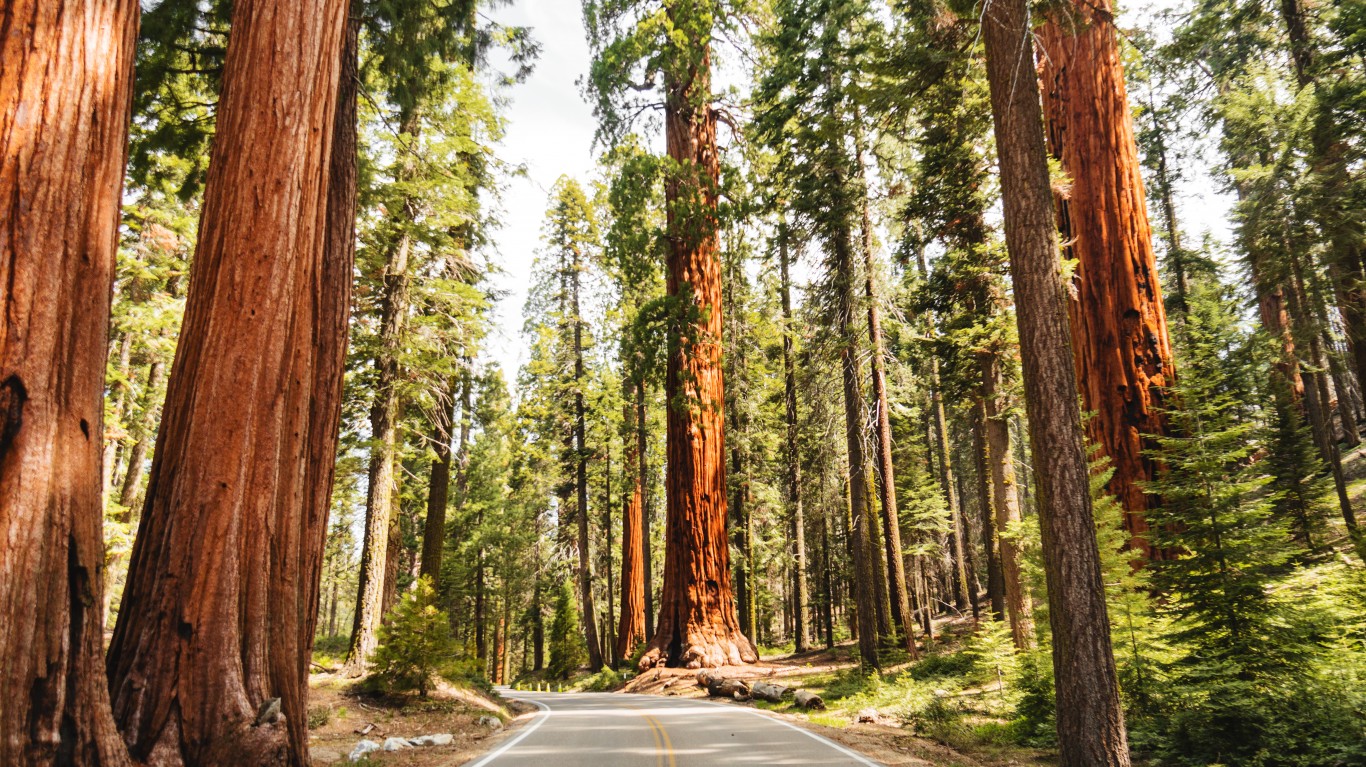
Sequoia National Park was established in 1890 and is the second oldest national park in the country. Kings Canyon National Park was established in March of 1940, and combined, the two parks cover more than 1,353 square miles. Three of the ten oldest species of trees live in these parks, and around 1.7 million people visit each year. Mount Whitney, the highest point in the United States at 14,505 feet, is located within Sequoia National Park. The two parks are listed together as they have a consolidated management structure and have been administered jointly since 1943.
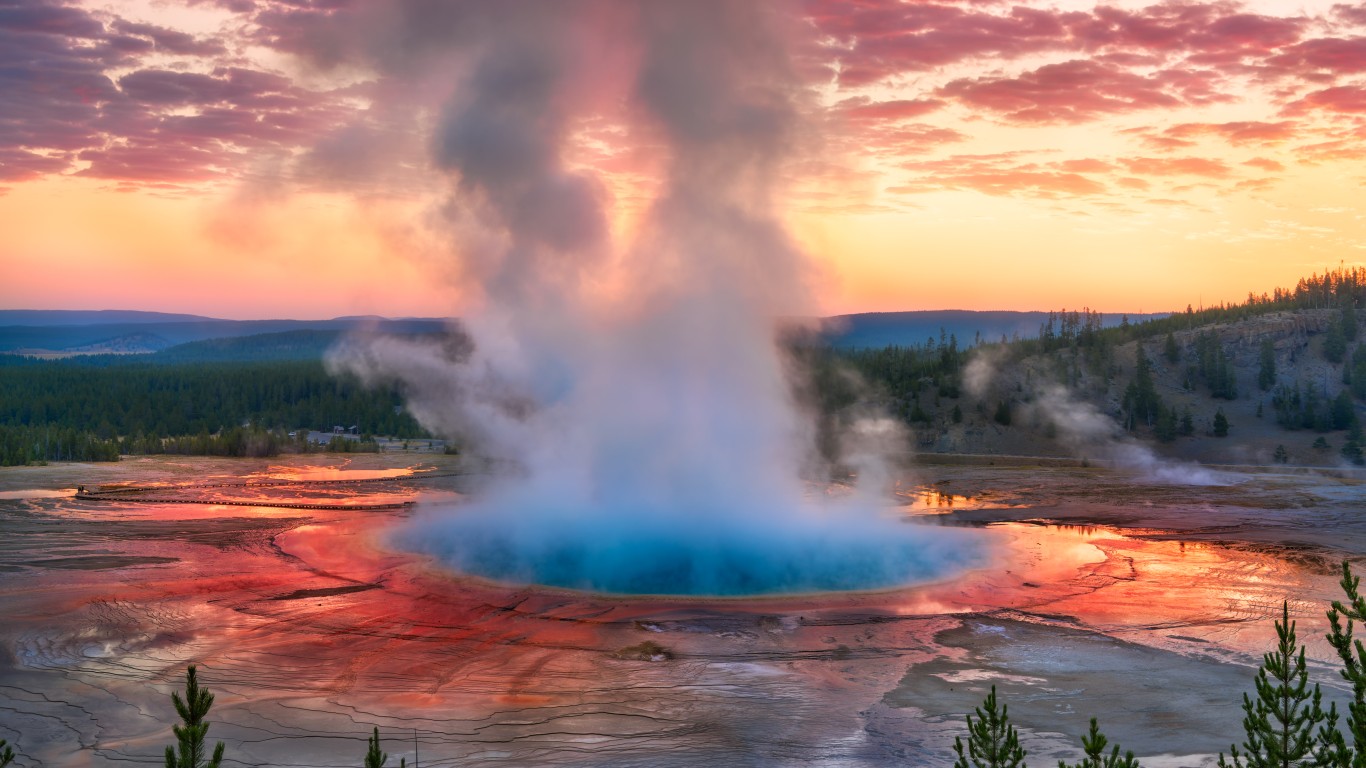
Yellowstone National Park is home to an active supervolcano and the most famous geyser in the country, Old Faithful. Larger than Delaware and Rhode Island combined, Yellowstone is located in three different states – Idaho, Montana and Wyoming. The park is home to 67 species of mammals, the largest concentration in the lower 48 states. Yellowstone Lake is located at 7,733 feet above sea level, and the park has its own Grand Canyon that’s 24 miles long and up to 1,200 feet deep.
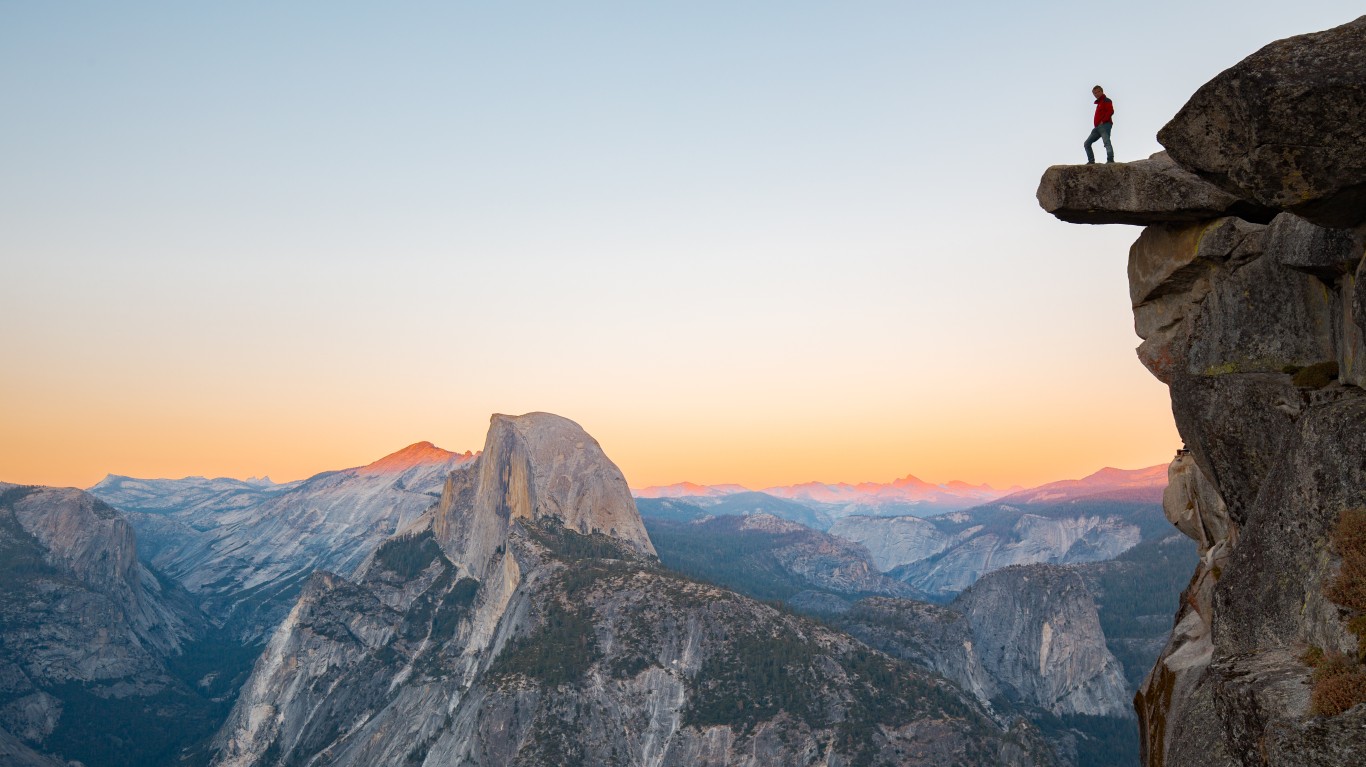
More than 3.5 million people pay the fee to see Yosemite National Park in California every year. The park is home to more giant sequoias and the American Indians known as the Ahwahneechee Indians. The government first set aside Yosemite as land for protection and preservation before any other park was created. Many visit the park to climb the well-known peaks of El Capitan and Half Dome, although Yosemite’s highest peak is actually Mt. Lyell. The park covers approximately 1,200 square miles and many visitors report seeing black bears ranging in size from 150-500 pounds. The first designated Guardian of Yosemite roamed the park barefoot because he believed that shoes were unnecessary. While the state of California has 7,000 known plant species, Yosemite is home to 20% of them.

Named from an ancient word that means “sanctuary” to the Hebrews, Zion National Park covers 232 square miles. Located in Utah, it’s the state’s oldest national park and has rock formations over 2,000 feet high. The park is home to some of the tallest sandstone monoliths and has some of the most dramatic hiking trails in America. Hiking enthusiasts may recognize trails like The Narrows and Angels Landing. The Narrows takes hikers through the Virgin River in a narrow slow canyon that ranges from 10-116 miles in length. Zion is part of an active volcano field and is home to a large freestanding arch, the fourth largest in the world. Zion was originally named the Mukuntuweap National Monument and contains more than 1,000 different plant species. Visitors can taste water that is more than 1,000 years old when hiking through the park.
The last few years made people forget how much banks and CD’s can pay. Meanwhile, interest rates have spiked and many can afford to pay you much more, but most are keeping yields low and hoping you won’t notice.
But there is good news. To win qualified customers, some accounts are paying almost 10x the national average! That’s an incredible way to keep your money safe and earn more at the same time. Our top pick for high yield savings accounts includes other benefits as well. You can earn up to 3.80% with a Checking & Savings Account today Sign up and get up to $300 with direct deposit. No account fees. FDIC Insured.
Click here to see how much more you could be earning on your savings today. It takes just a few minutes to open an account to make your money work for you.
Thank you for reading! Have some feedback for us?
Contact the 24/7 Wall St. editorial team.